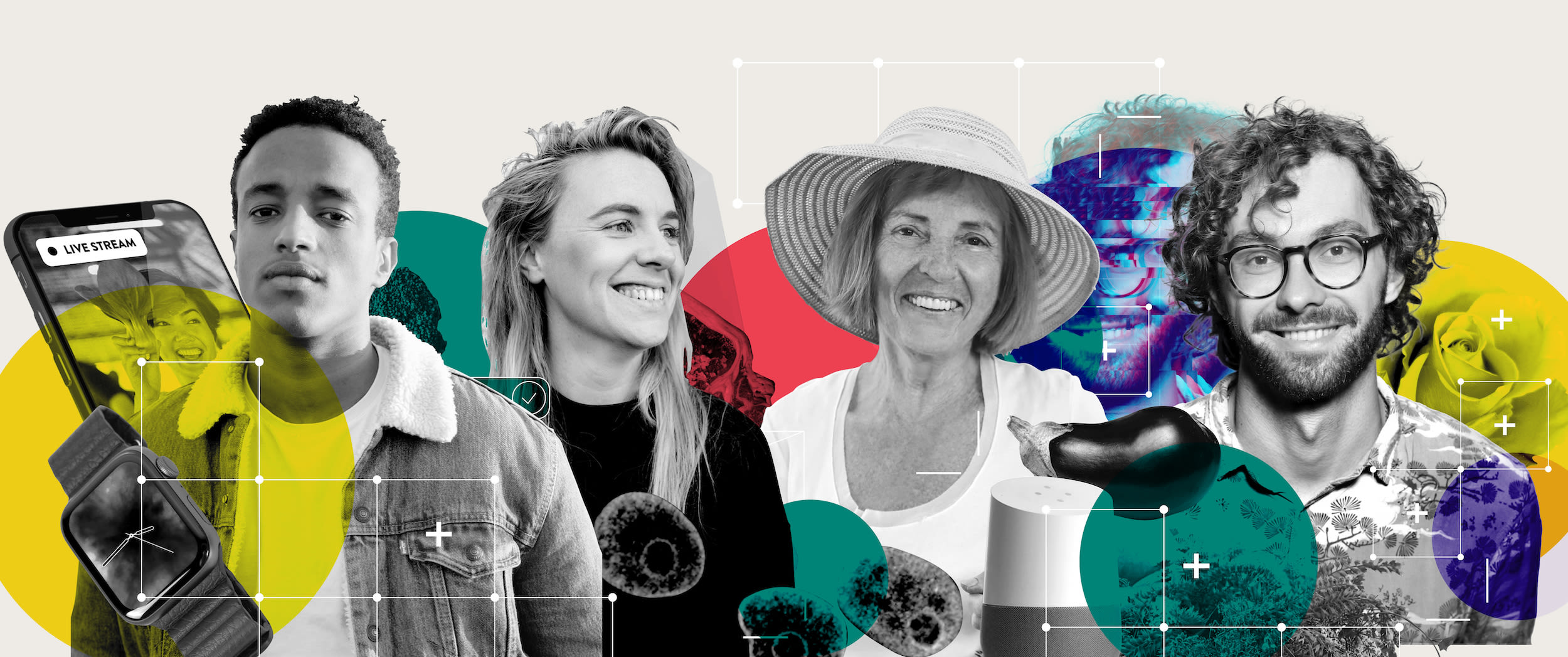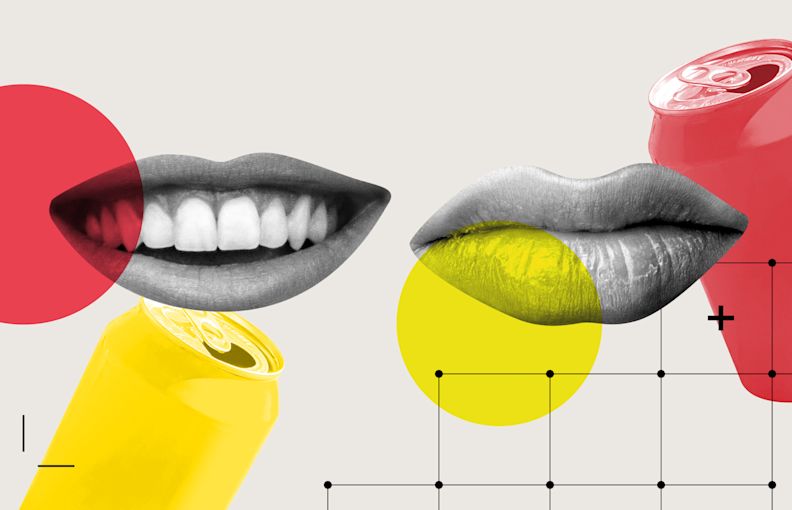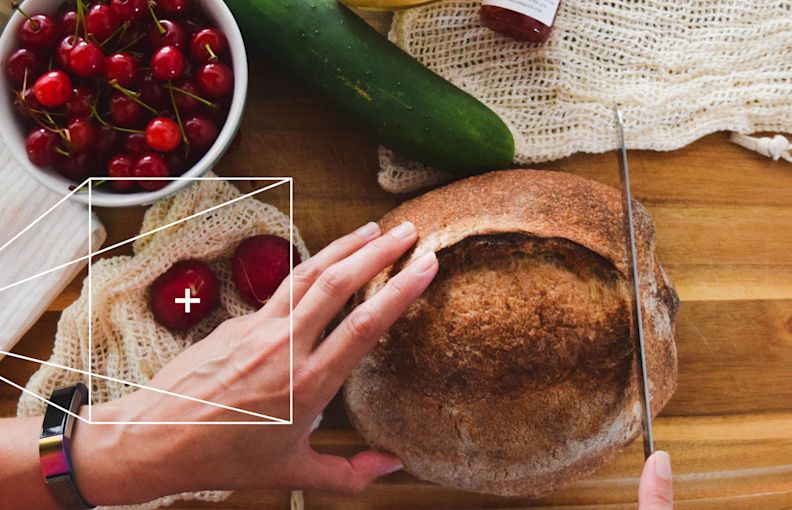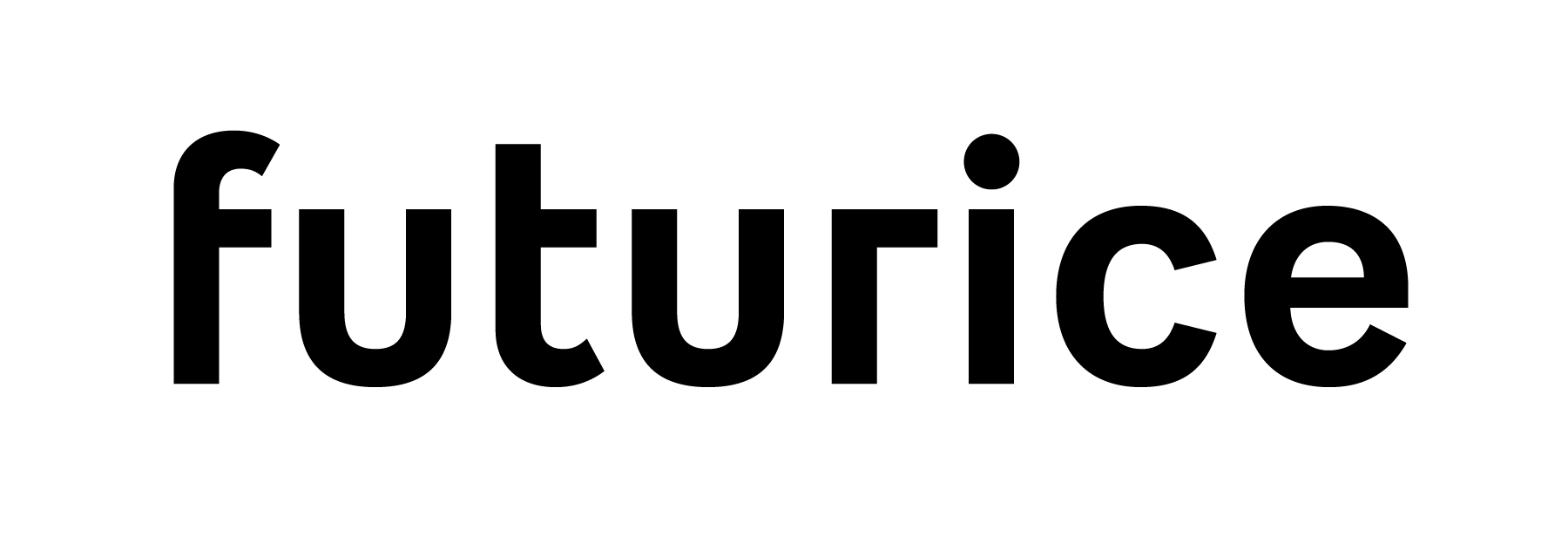Futures thinking helps anticipate futures, empowers businesses to actively build it, and assists in strategic planning and communication. In this blog we discuss some tools for taking futures thinking into action.
In my 20s, I used to closely follow fashion trends. When something was a hot topic abroad, one could estimate it would land in Finland within a year or so. Back then a trend would travel around the world in years; now it’s discovered in 2 days and forgotten soon after. Looking for tools that help keep up with changing environments is an integral part of the retail business. At the same time, consumerism in general cannot continue as it is. We are facing massive environmental challenges that businesses cannot ignore. And the dominant narratives of adult life are changing, too, so we should design products and services for various new life narratives.
Businesses need to understand the long-term impacts of today’s phenomena. Strategic foresight is the key to this understanding. We use tools like environmental scanning, i.e. going through political, economical, societal, legal, technological and environmental drivers of change, gives us an overview of what is happening. Then we imagine where all this might lead us, or, in other words, build scenarios of the alternative worlds that might lie ahead. Finally, we estimate how the business and strategy perform in different futures and use these new insights in today’s decision-making. This is where futures thinking connects with strategy.
The futures thinking process should enable us to make more resilient decisions today and help us actively build the future. Scanning the environment to see what’s there is, of course, important, but feeling what isn’t is just as vital. By spotting both patterns we see and what we cannot see, we can start creating a holistic picture of what phenomena stand out. To do this, we can use both existing data and our instincts. The former we do by utilising big data and machine learning, the latter by feeling our way. A forecaster Faith Popcorn calls the technique “cultural brailing’ - feeling the bumps. Check out our strategic foresight process in action.
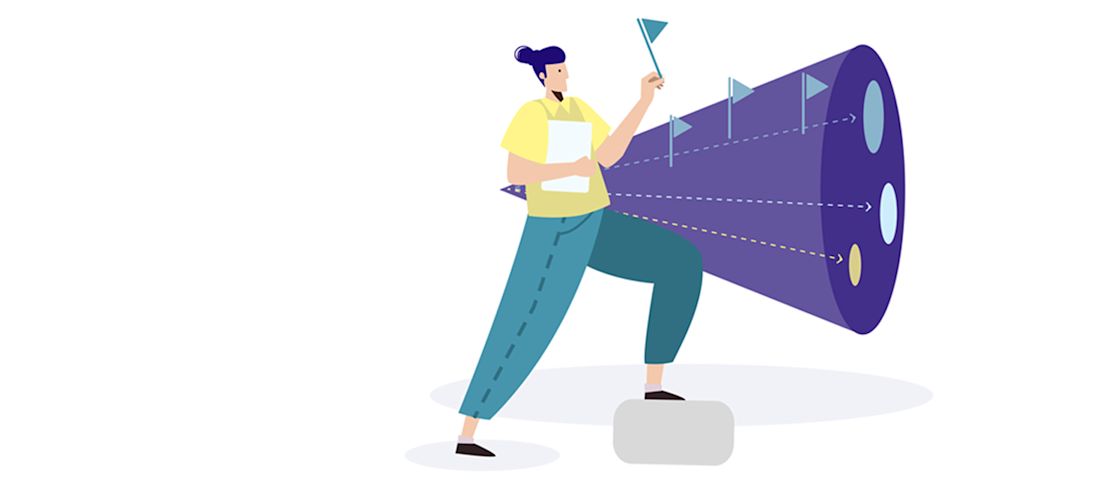
Linking future worlds with today
The most important part is linking futures work with today’s business. Futures thinking assists us in strategic planning and communications. By taking the scenarios and the current business plans, and comparing how current key elements of the organisation and the strategies perform against the future worlds, futures thinking assists us in strategic planning and communications. You might find our LFC tool helpful.
Until recently, many companies followed the Diffusion of innovations model by Everett M Rogers, created in the 1960's. The internet pretty much wiped out that whole curve. Regardless, we still feel that companies should stay true to their vision. There are many layers to observing the world, and it is important to understand where your company is at. Some phenomena are fast, some are long-term. Some things change, some things stay the same. Our human minds still operate the ancient way: we want to eat, love and we search for higher meaning. Actions should be considered and decisions made with long-term consequences in mind.
Are you looking for fast wins or long tail solutions?
In strategic foresight we take key topics, identify alternative outcomes and make strategic connections. Making a list of business-critical aspects, such as strategies, functions and business units, is a good idea. Evaluate their impact. Cross-reference how the current set-up holds against the future scenarios. Are our key functions weak, neutral or strong? When the strategic connections have been found, consider how to improve the weakest performing areas, with the company vision and position in mind. Finally, make a list of actions to commit to and evaluate our actions on a systemic level. What is the economic, social and environmental impact of the solutions? And what are the risks? A company can always decide to play against the results of the comparison, but it should be a conscious choice, not one based on ignorance.
The future of retail revealed: Read our thought-provoking speculations on how people will buy groceries in the future. Download the Future of Retail 2030 Vision - with insights on opportunities for retailers, trend materials and future scenarios.
About the author
Annina Antinranta is a principal designer at Futurice. She works at the intersection of design, creative technology and business at Emerging Business team, Futurice’s task force dedicated to exploring tech and data driven new growth opportunities. Annina has a diverse background in futures research, art, design, branding and performing arts and music. The past year, Annina has researched Future of Retail and led the team behind this website.


